Four Supportive Design Strategies To Improve Mental Health In Workplace Environments
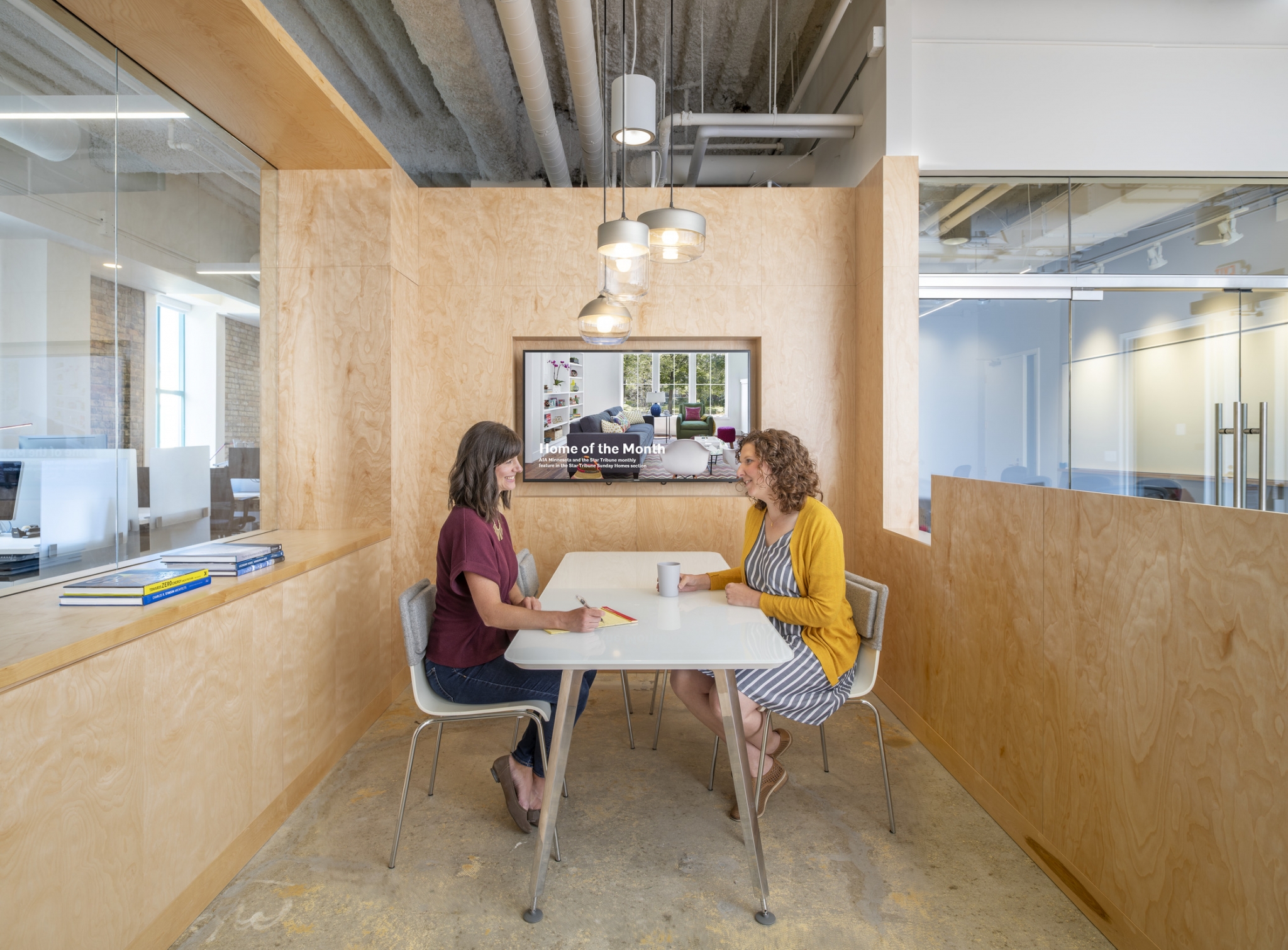
Scott Bales, AIA, RA, EDAC, LEED Green Associate
Samia Mansour, Assoc. AIA, EDAC, LEED Green Associate
This piece was previously published in "Facility Executive." Read the original piece here.
With more than 50 percent of Americans diagnosed with mental illness at some point in their lives, and the World Health Organization (WHO) reporting that rates of anxiety and depression have increased by 25 percent since the onset of the pandemic, mental health is beginning to receive the attention and care it warrants.
As a result, stakeholders within the built environment are beginning to look at the direct impacts of design and architecture on mental health beyond clinical settings, extending mind-conscious practices to the environments where we spend large amounts of our time, like the workplace.
Through design, we can avoid negative stimuli in an environment that have the potential lead to a snowball of adverse effects on an individual, and rather create spaces that are restorative, uplifting, enriching, and empowering.
Below are four key design strategies for designers, architects, and other stakeholders to consider when designing workplaces with mental health and wellbeing in mind.
1. Dedication to Air Quality
Existing design guidelines that focus on ‘healthy’ buildings are a solid foundation to build upon when it comes to enacting strategies that seek to enhance total occupant wellbeing, including mental health. For instance, the concept of WELL Building Standard (WBS) was created with the belief that buildings should be developed with people’s health and wellness at the center of design.
The WBS takes a holistic approach to health in the built environment addressing behavior, operations, and design, measuring attributes of buildings that impact occupant health by looking at ten concepts: Air, Water, Nourishment, Light, Movement, Thermal Comfort, Sound, Materials, Mind and Community.
Although it may not seem obviously apparent, one of the key components that designers focus on with regard to its effect on mental health is air.
Air pollutants, which impact 90% of the world’s population, can cause serious neurocognitive effects — ranging from behavioral variations to neurodegenerative disorders — that ultimately can have devastating effects on mental health. Additional studies show that air pollutants, specifically particulate matter, induce inflammation and oxidative stress in the brain that can lead to the manifestation of depression.
An investment in building air systems, ventilation, and ongoing monitoring of air quality aligned with standards such as WELL and LEED ensure not only that facilities run efficiently and are gentle on the environment, but the physical and mental health of occupants as well.

2. Meaningful Integration of Light and Nature
During the planning phase of a project, it is important to incorporate access to natural sources of light, where appropriate, within a space. By being intentional about how and where natural light is integrated, supportive spaces can better consider occupants’ mental health and wellbeing.
Daylighting has both immediate and long-term positive effects, including alleviating symptoms of depression through boosting serotonin and improving sleep cycles.
Access to daylight is just one aspect of integrating nature into the workplace, which is proven to combat stress and anxiety. Visual and physical access to the outdoors can come through encouraging fluid movement between inside and outside common areas, large windows, and intentional views of varying natural elements.
In clinical settings, research shows that this access speeds up healing and recovery time, indicating a similar restorative potential in environments like the workplace. Ultimately, these strategies are conducive to productivity, retention, and success.
That said, not all daylighting tactics are created equal and too much or too little light in the wrong place can be ineffective and create unintended consequences (for example, some who are neurodivergent may not respond positively to an abundance of visual access to the outdoors). Designers must consider all factors holistically and provide daylighting in accordance with supportive design principles.
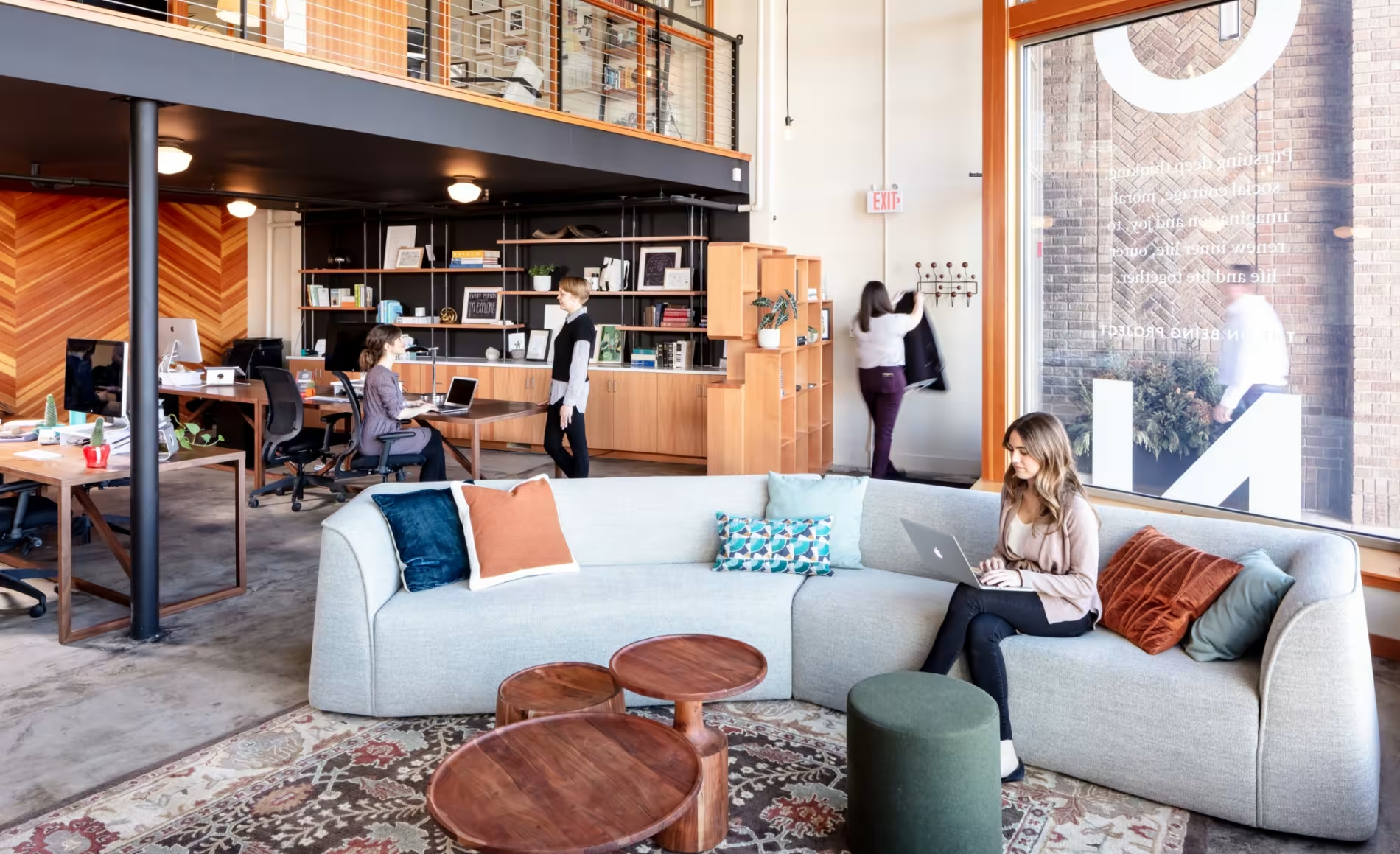
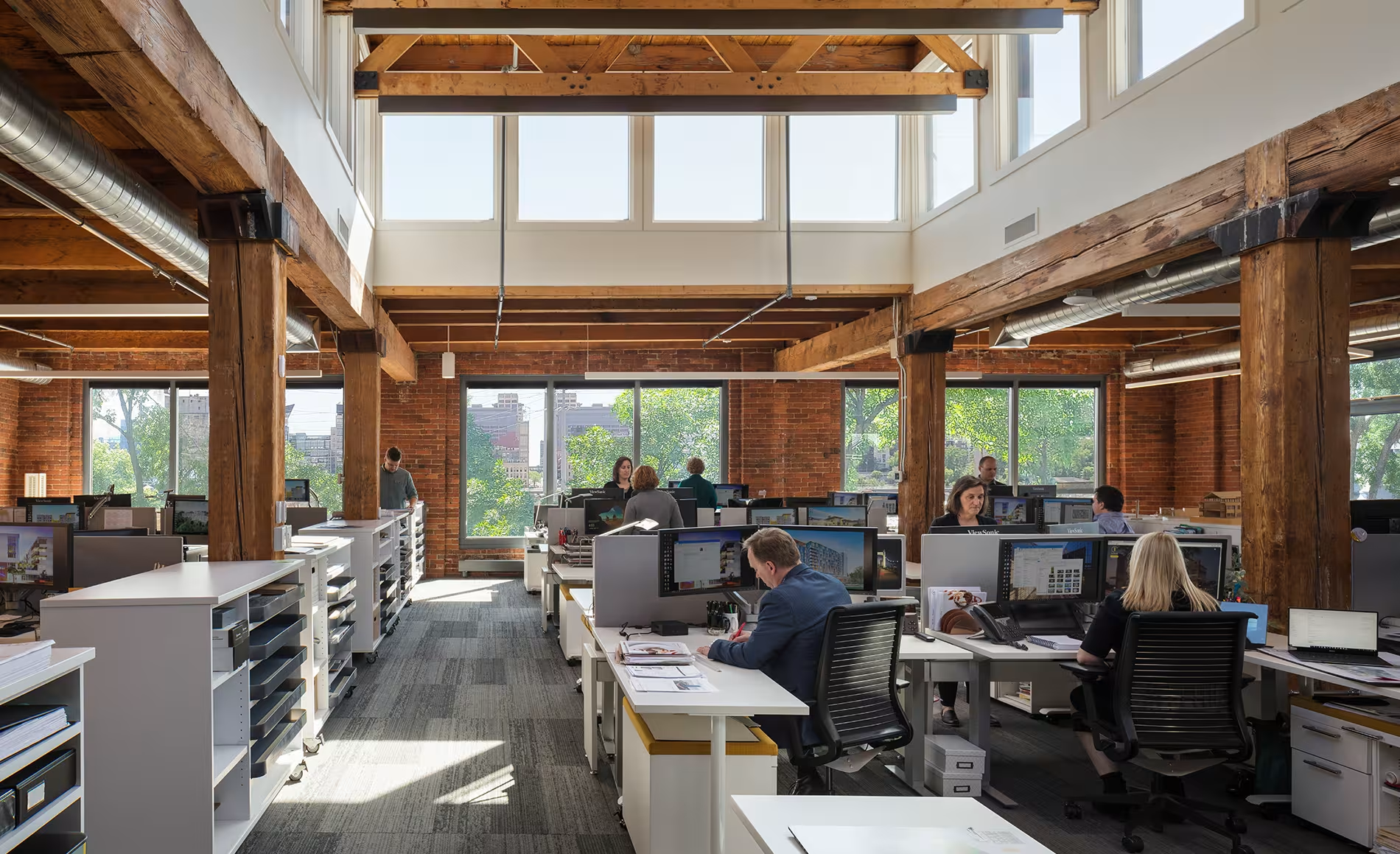
3. Reduce Anxiety While Navigating the Workspace
People feel most comfortable in spaces they know how to navigate. Therefore, ensuring that a workplace is easy for all users to get around through wayfinding design strategies is critical in reducing anxiety
Wayfinding tactics can include, but are not limited to, clear, highly visible signage, intentional and well-structured pathways, shifts in color scheme or other design elements to distinguish areas from each other by function, and sight lines to show what is ahead.
Effective wayfinding should consider that individuals will have varying familiarity, as well as account for differing emotional states and mental or physical disabilities that might change how someone interacts with a space.
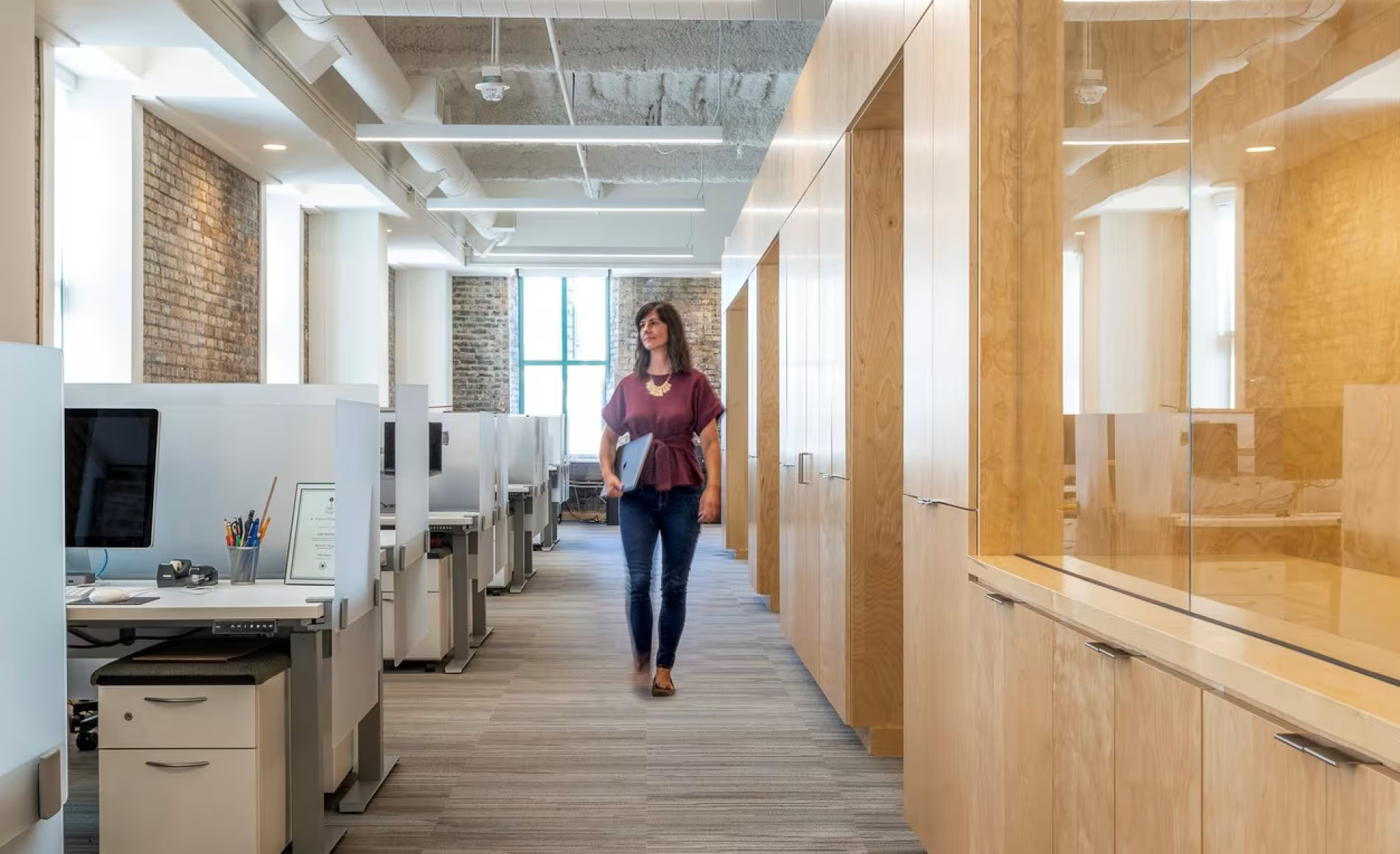
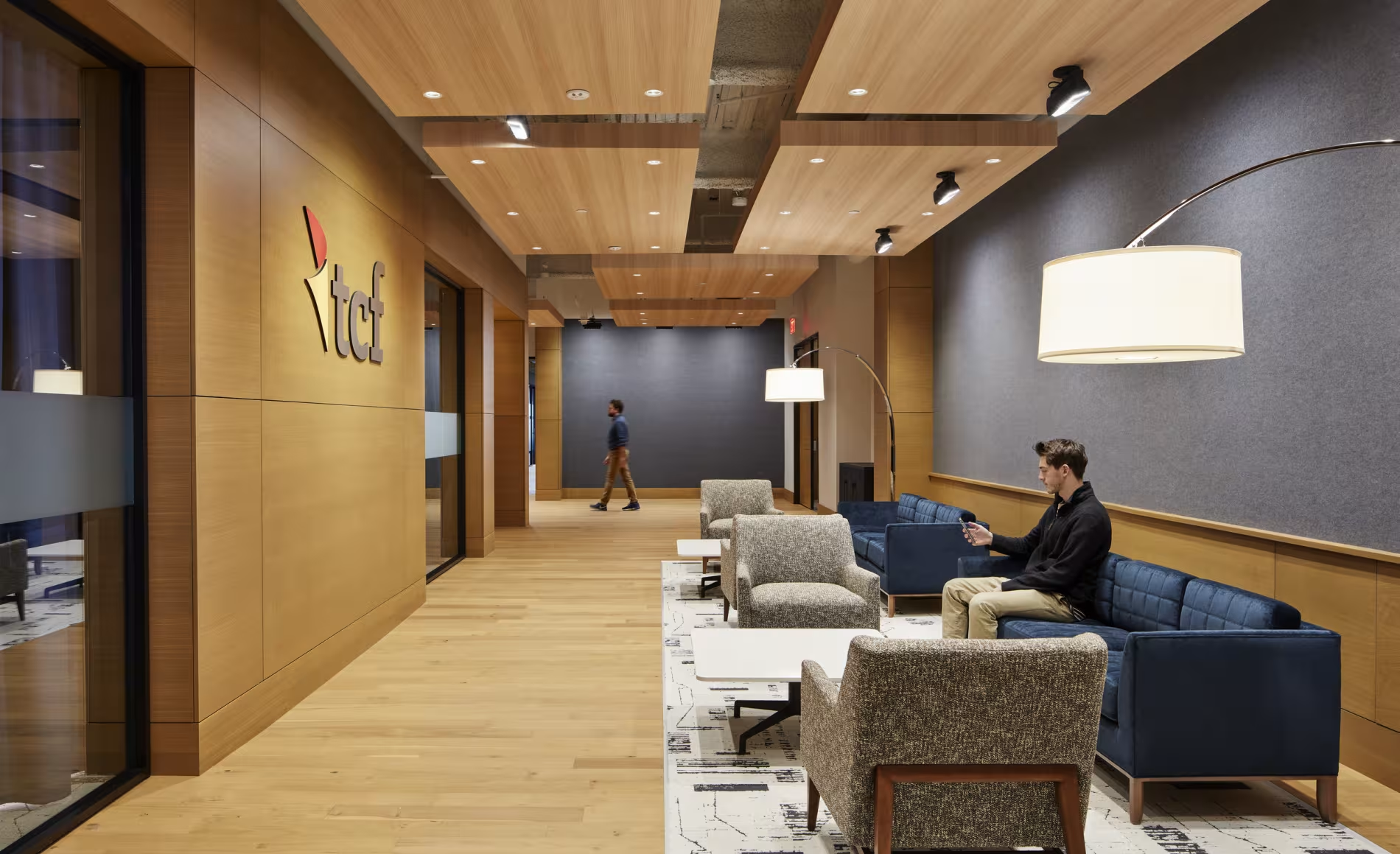
4. Facilitate and Encourage Choice
At the core of meaningful supportive design is fostering an environment of choice, agency, and autonomy. This is especially important in the workplace, where individuals often spend hours of the day balancing productivity, socialization, rest, and revitalization.
For decades, many office spaces have implemented unsupportive designs that allow no room for individuality or variety in workspaces for people to choose from. In the past, many designers and architects employed a more uniform setting in office spaces to enhance productivity, when in reality, there is not a one size fits all solution. A majority of people — especially those who are neurodivergent — will not interact effectively in an environment that lacks settings to accommodate their individual needs.
Some users require quiet places to retreat to in order to avoid being overstimulated, while some thrive being in a space with a lot of collaboration and hustle and bustle. Research indicates that providing individuals with a choice of how they would like to interact with their colleagues leads to improved wellbeing and reduces anxiety, as well as is associated with job satisfaction and group cohesiveness.
As employees weigh the value in coming back into the office with increased frequency (or at all) against their own mental and physical wellbeing, providing a truly supportive workplace environment becomes an even more critical consideration.
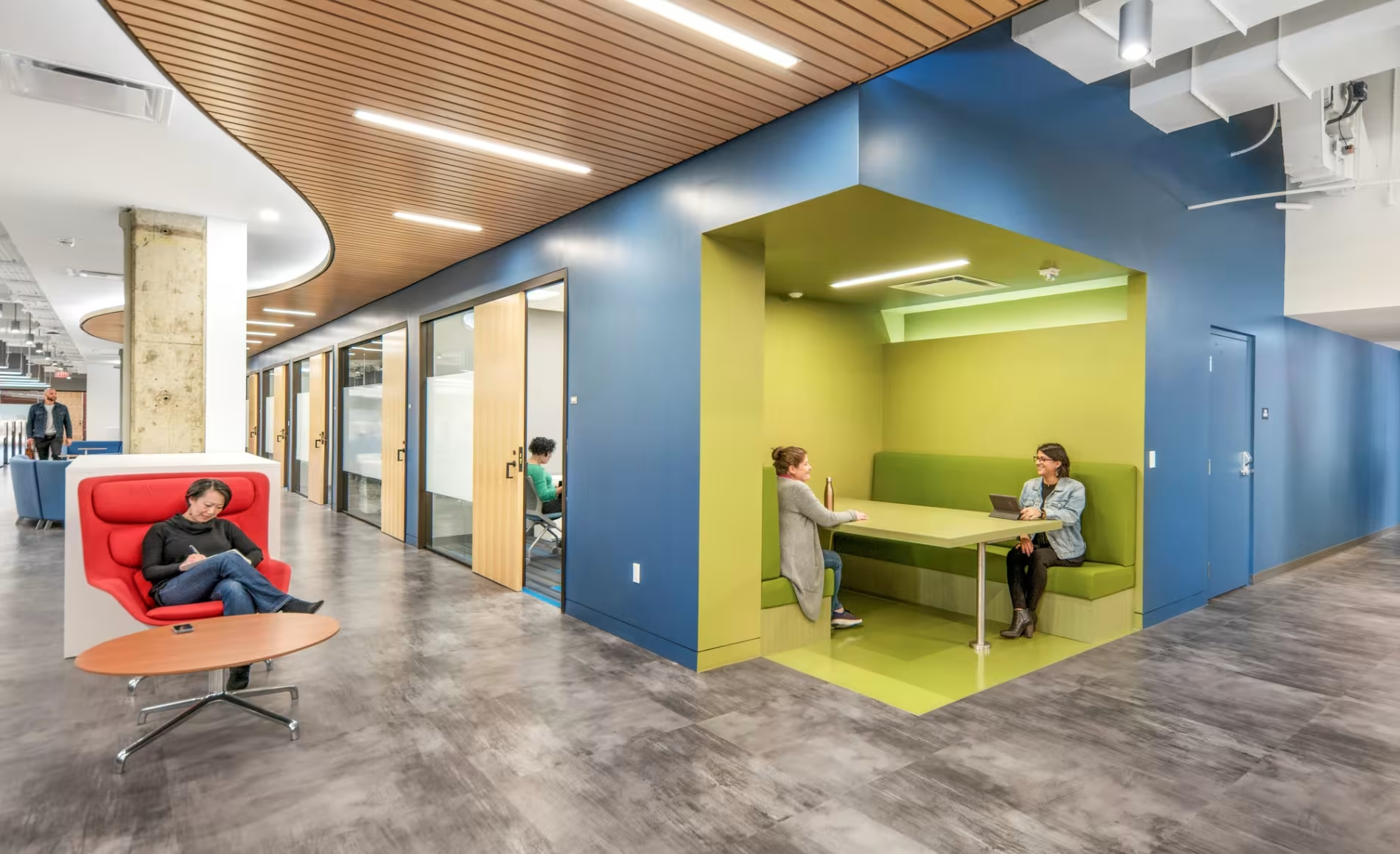
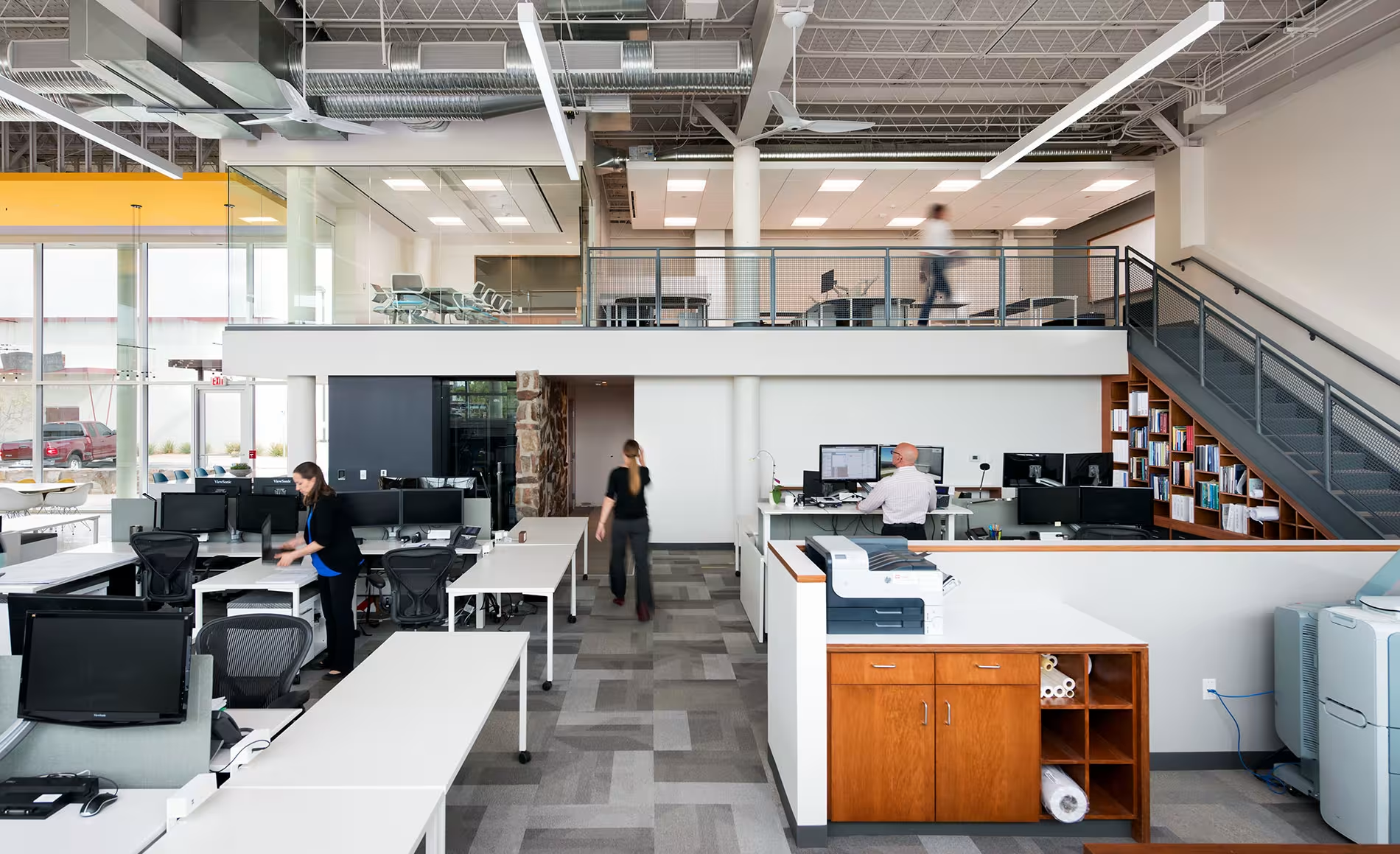
Designers have, by the nature of their professional practice, a duty to protect the public’s health, safety, and welfare.
We will continue to take existing guidelines and new research to implement evidence-based design practices, balancing risk and support, to take design to the next level to optimize workplaces for as many individuals as possible.